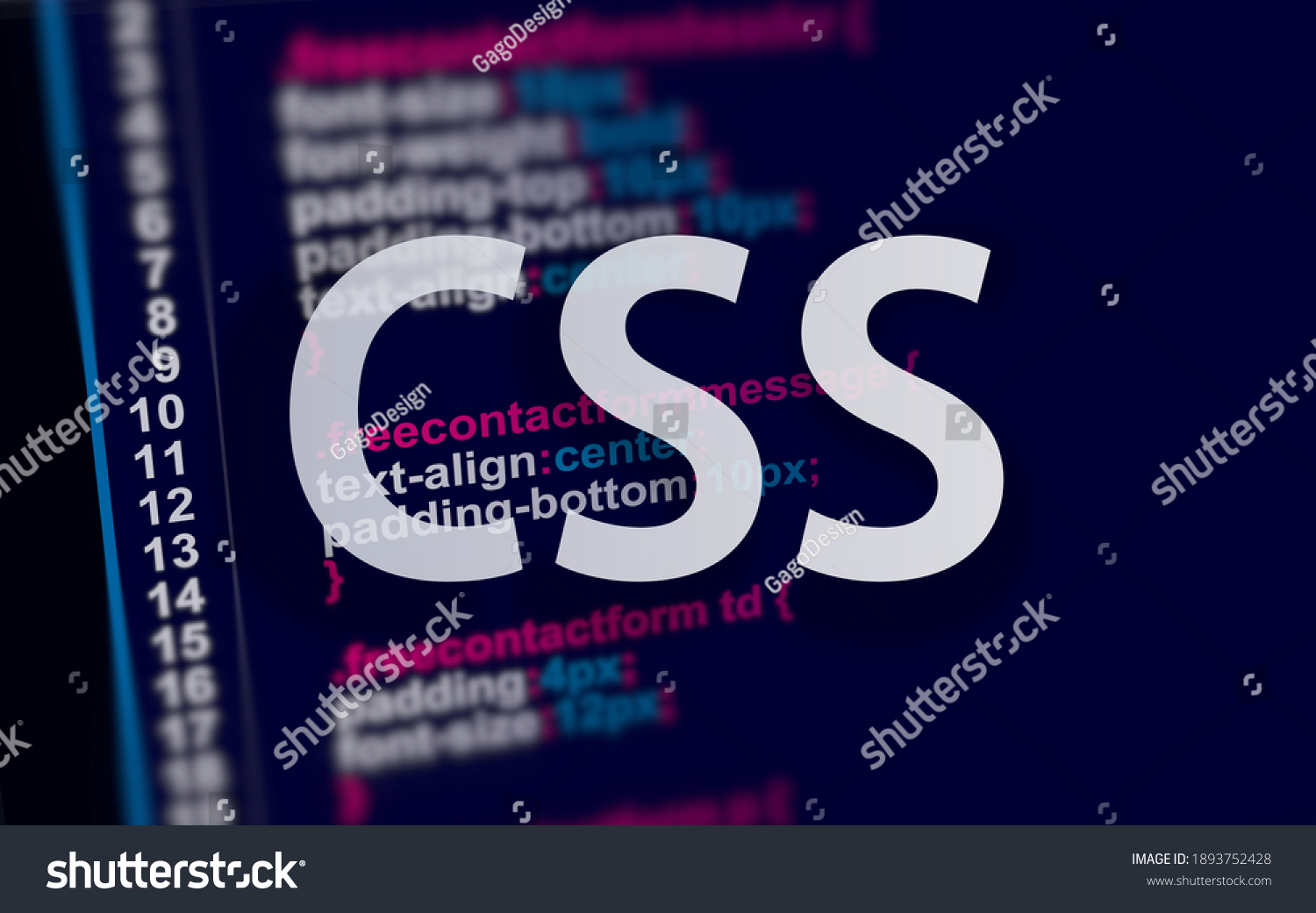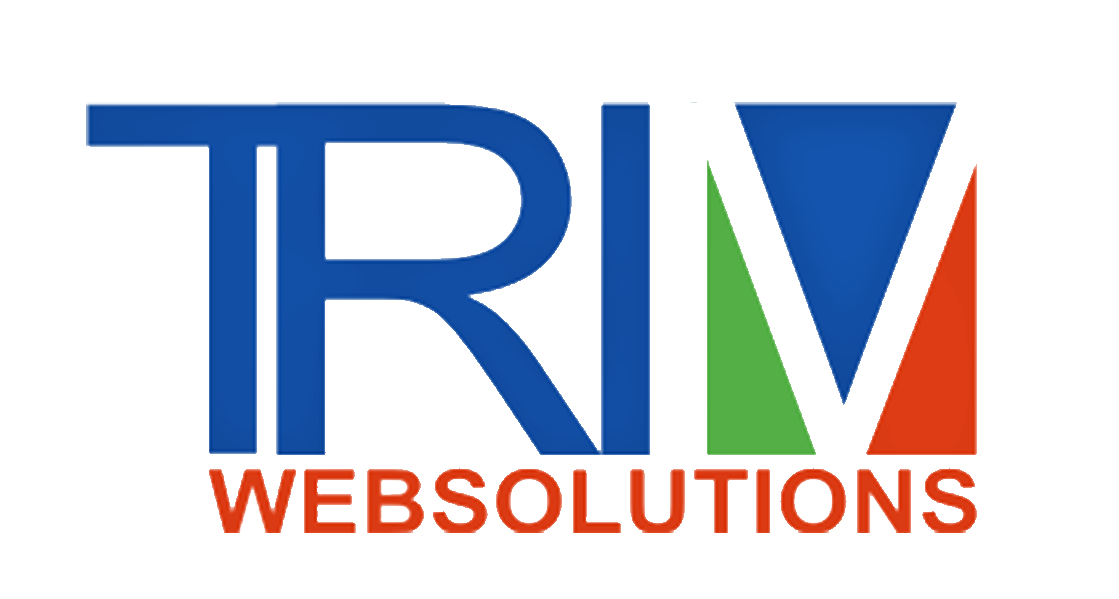Introducing CSS: A Guide to Cascading Style Sheets for Web Design

Introduction to CSS:
Cascading Style Sheets, commonly known as CSS, is a powerful and essential component of modern web design. It is a style sheet language used to define the presentation and layout of HTML and XML documents. CSS provides web developers with the ability to control the appearance of web pages, enabling them to create visually appealing and engaging websites.
The Basics of CSS:
CSS works by associating style rules with HTML elements. Each rule consists of a property and a corresponding value. The property defines the aspect of the element to be styled, while the value specifies the desired style for that property. When a web browser renders an HTML document, it applies the associated CSS styles to format the content accordingly.
For example, to change the color of all paragraph text to blue, you would use the following CSS rule:
cssCopy code
p { color: blue; }
Advantages of CSS:
-
Separation of Concerns: CSS allows web designers to separate the content from the presentation. With CSS, the HTML structure can focus solely on the page's content, while the CSS file takes care of the layout and styling aspects. This separation enhances code readability and maintainability.
-
Consistency and Efficiency: By defining styles in a central CSS file, you can easily apply consistent styles across multiple pages of a website. This not only saves time but also reduces the file size of individual web pages, resulting in faster loading times.
-
Responsive Design: CSS plays a crucial role in creating responsive web design, which ensures that websites adapt and look great on various devices and screen sizes. Using CSS media queries, designers can apply different styles based on the device's screen width and orientation.
-
Flexibility and Customization: CSS offers a wide range of styling options, allowing designers to customize fonts, colors, margins, padding, and other visual aspects. This flexibility empowers developers to create unique and visually appealing websites tailored to specific brand identities.
CSS Properties:
CSS boasts an extensive set of properties that cover nearly every aspect of web design. Some of the most commonly used properties include:
font-family: Specifies the font used for text.color: Sets the text color.marginandpadding: Controls spacing around elements.background-color: Defines the background color of an element.border: Adds borders around elements.display: Determines how an element is rendered (e.g., block, inline, flex).
Conclusion:
CSS is a fundamental tool in the world of web design, enabling developers to shape the visual appearance of web pages and create compelling user experiences. By understanding the basics of CSS, its advantages, and the range of styling properties available, web designers can craft stunning websites that captivate and engage visitors. Whether you are just starting or looking to enhance your web design skills, mastering CSS opens up a world of possibilities for creating modern, responsive, and aesthetically pleasing websites.
571 0 7
Write a Comments
* Be the first to Make Comment















